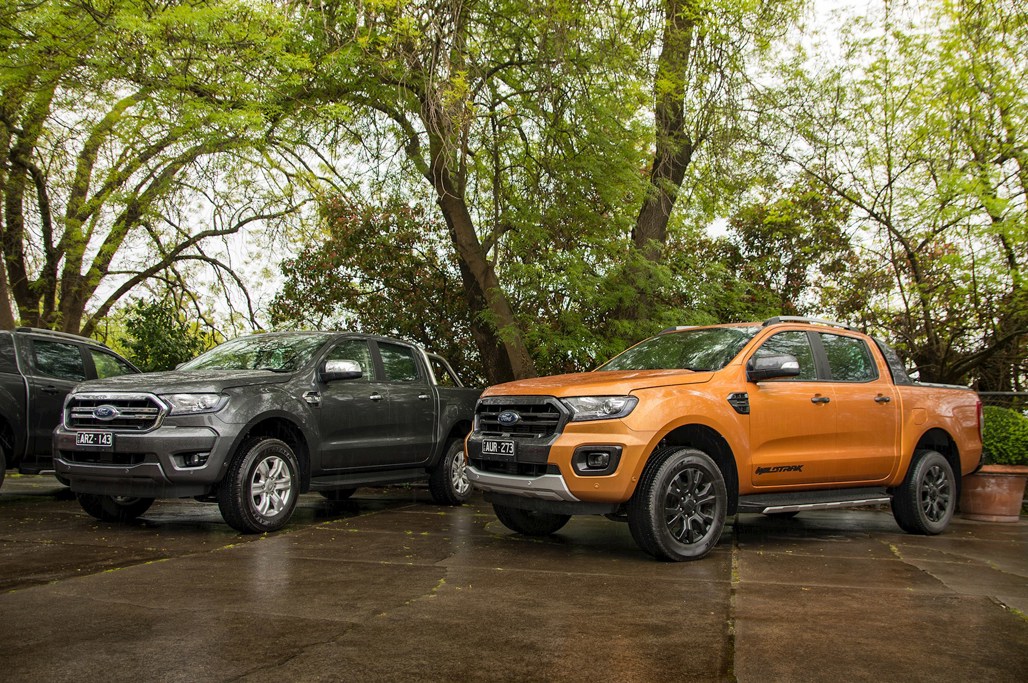Driven have just returned from the launch of the MY2019 Ford Ranger line-up, held over in (a slightly damp) Melbourne.
From a starting point near the airport, journos eager to get acquainted with Ford's revised double-cab drove inland to Daylesford, before circling around to the Melbourne 4x4 Training and Proving Ground facility in Werribee.
Now, many would struggle to pick the new model next to the current edition — you know, the one that's laying waste to New Zealand's sales charts. Our full debrief from the Ranger's Melbourne debut will air in next Wednesday's edition of Driven, but in the meantime here's an 'instant expert' summary of what's changed for the most popular vehicle in the country.
'Raptor' four banger
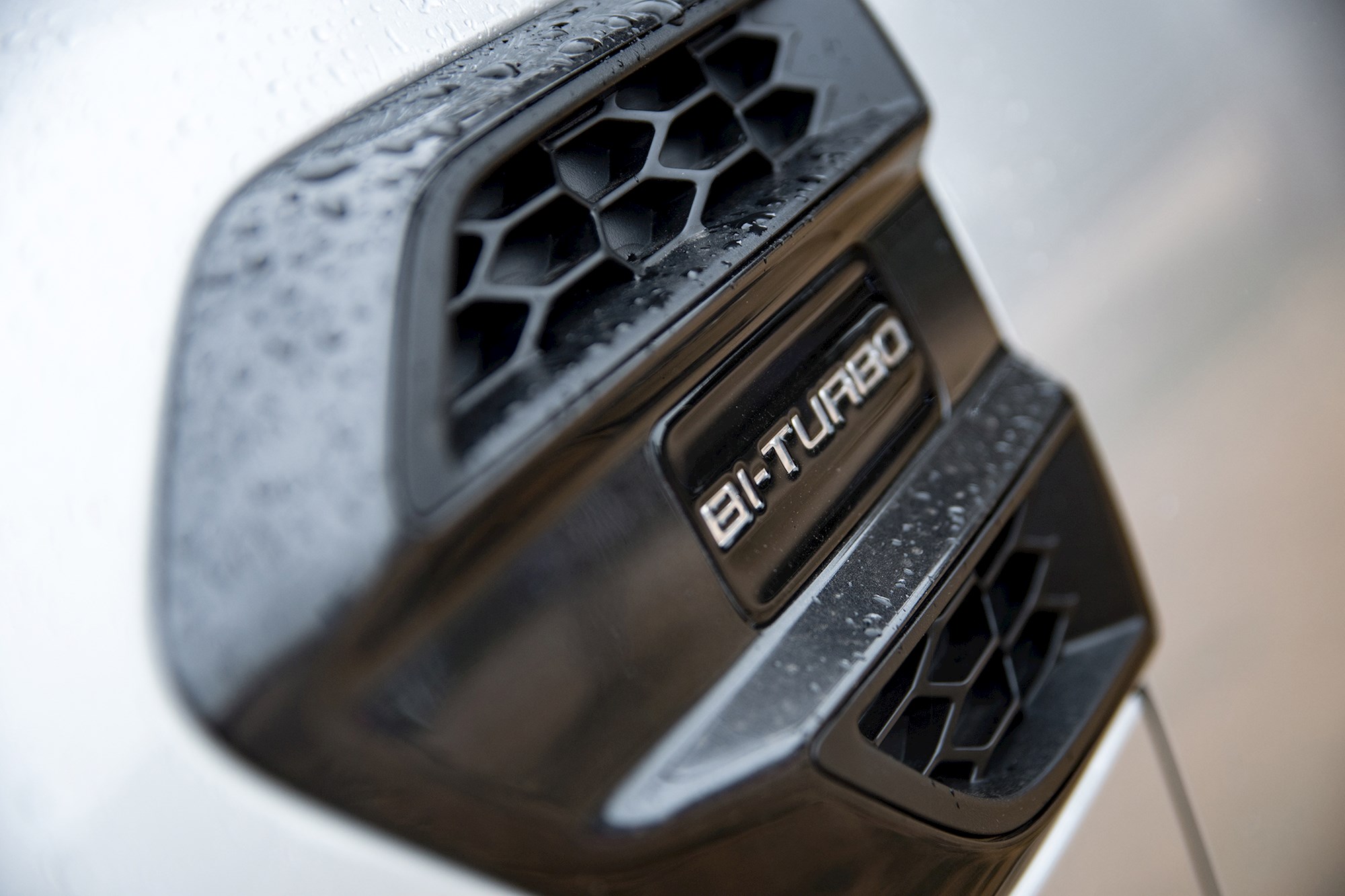
The Ranger's line-up of engines grows from two to three, as the four-cylinder 2.0-litre bi-turbo diesel (157kW, 500Nm) best known for its application in the Raptor joins the four-cylinder 2.2-litre turbo-diesel (118kW, 385Nm) and the popular five-cylinder 3.2-litre turbo-diesel (147kW, 470Nm).
It will only be available in the range-topping Wildtrak model, at a $1000 premium over the 3.2-litre alternative and fitted exclusively with the new 10-speed automatic transmission (everything else in the range has to settle for either the tried-and-true six-speed automatic).
We get one up on the Aussies here, who have to pay AU$1,200 for the same upgrade.
Few engines have been fleshed out better and in more detail over the course of 2018 than Ford's slightly controversial 2.0-litre. Its use in the Raptor drew ire from those expecting a V6 or V8, and at launch we noted that it lacked punch in a straight line, among other things.
But perceptions change a bit when you remove the iron-clad Raptor styling and caché. Without that overshadowing expectation of being a performance vehicle, the 2.0-litre stacks up rather well when driven back-to-back with the 3.2-litre. It felt much more eager when it came to the off-roading element of the drive (unsurprisingly), and on road most would struggle to pick differences between it and its larger (but less powerful) cousin.
With superior emissions, payload, and fuel numbers on its side (Ford claim combined economy of 7.4L/100km from the 2.0-litre, compared to 8.9L/100km in the 3.2-litre Wildtrak and 7.8L/100km in the 2.2-litre XL and XLT) does that mean the bi-turbo will be a smash hit on the sales floor? Traditionalist values and uncontrolled online comment sections would indicate that it's (sadly) highly unlikely.
What you can't see
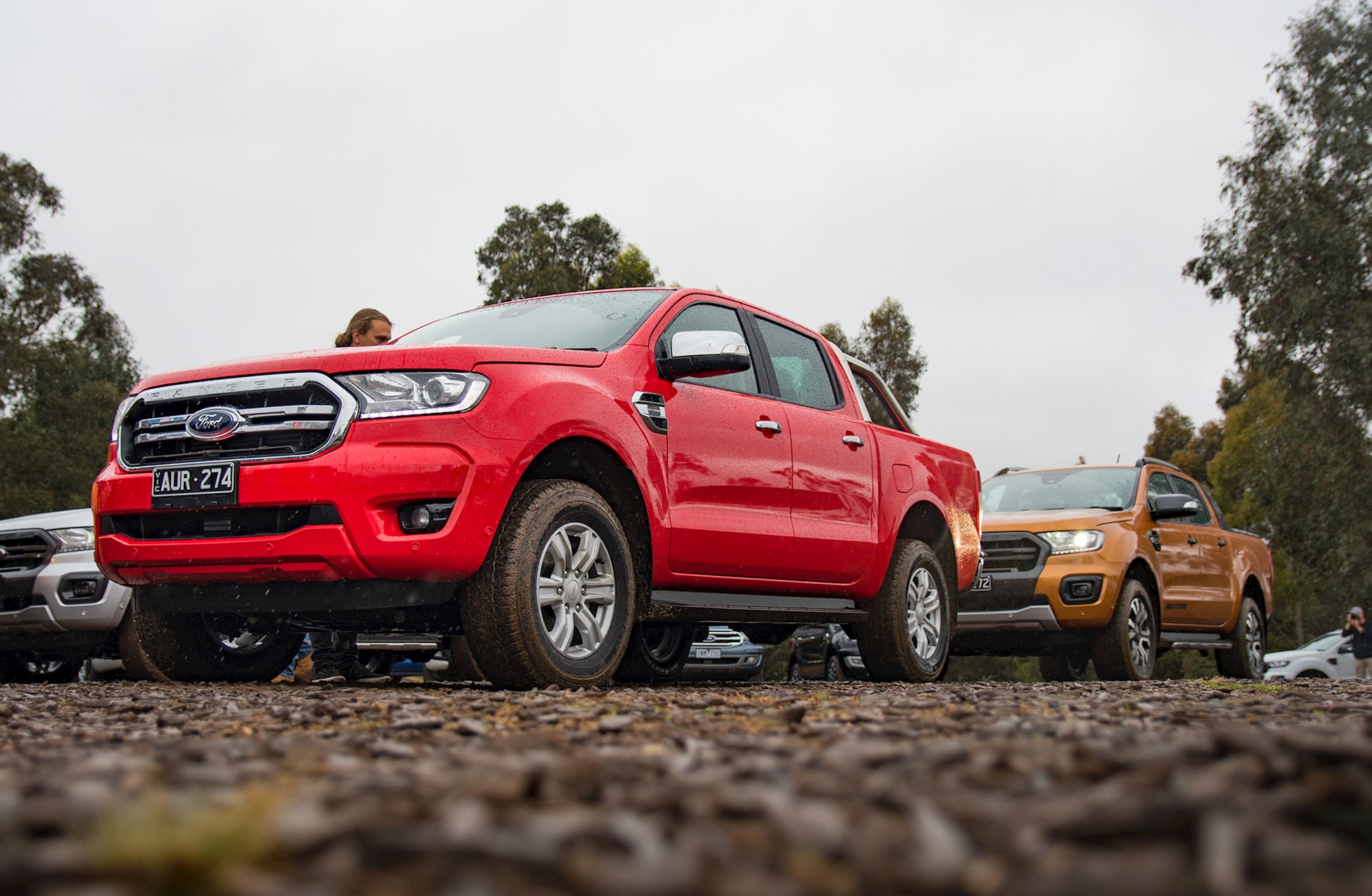
Arguably the biggest mechanical change across the whole Ranger line-up is a revised suspension tune buried in the front end.
A stiffer front stabiliser bar and softer spring rate have been implemented to improve roll and ride quality — something that builds into Ford's recognition that the double-cab ute game now envelopes families with expectations of comfort, as well as tradies and fleet buyers.
Does it make a mountain of difference? Well, it's hard to tell without driving the outgoing Ranger model and this new one back to back. Part of that stems from the old Ranger being quite a comfortable thing anyway, especially compared to the likes of the pogo-like Toyota Hilux and the way-too-soft LDV T60 Luxury.
The focus on comfort extends to things like acoustic glass surrounding the cabin, an easy-lift tailgate that only requires an eighth of the effort of the old one to lift, as well as the improved safety tech. We'll get to that last bit in a minute.
Do it yourself
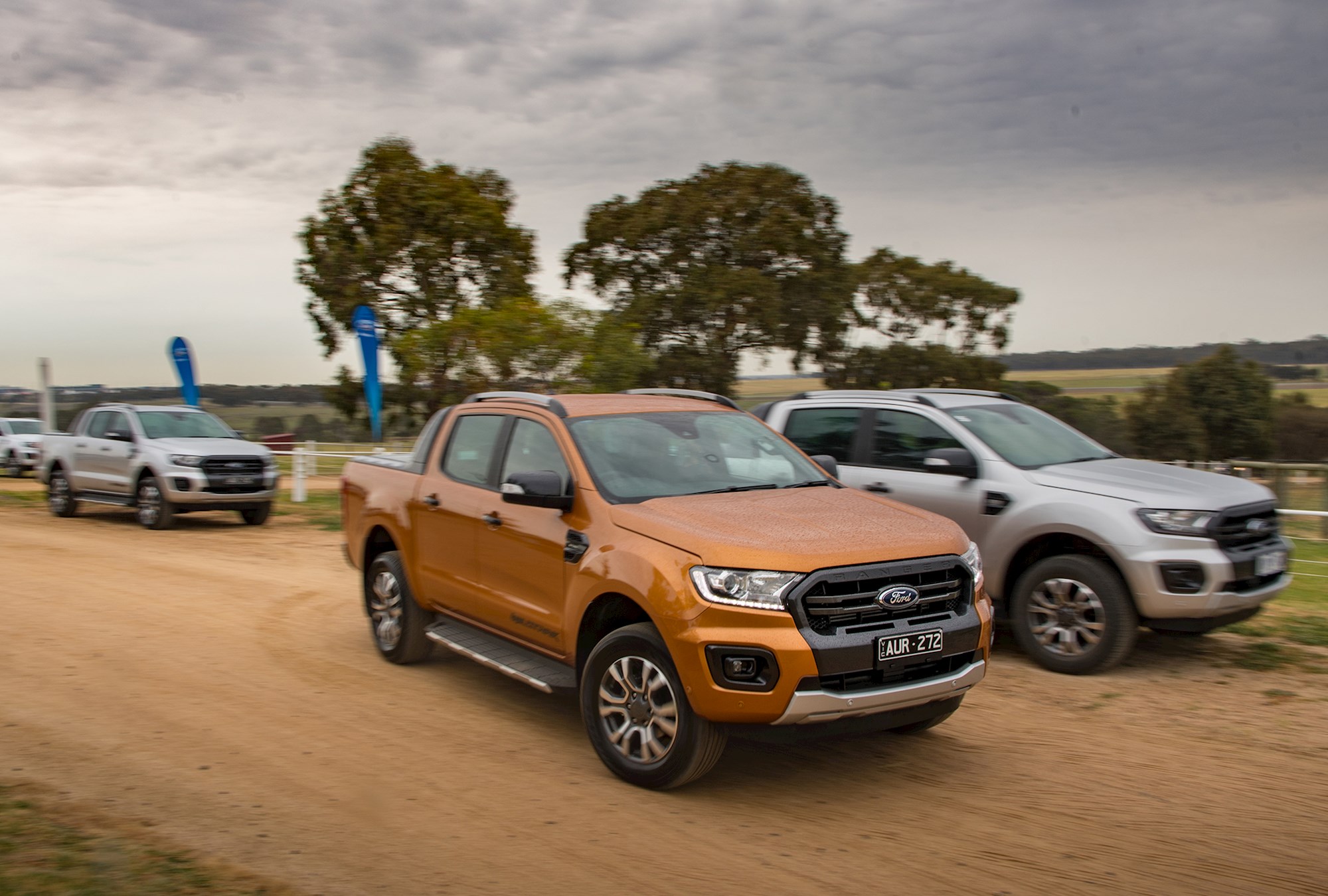
Perhaps the Ranger's best party trick is its new-found ability to parallel park itself.
At speeds of up to 35km/h, drivers can 10 sensors to scope out the vicinity for an appropriately sized parking space (1.1-metres of overall clearance) before calculating the trajectory required to insert itself into the spot without bopping the surrounding cars and scenery.
This isn't necessarily new technology of course. There are plenty of cars on the road today that come with some form of automated park assist.
However, the Ranger is the first in this ute class to implement it. Sadly XL trims skip this functionality, with it only available as standard on the two-wheel drive 3.2-litre XLT and above.
Safety plus
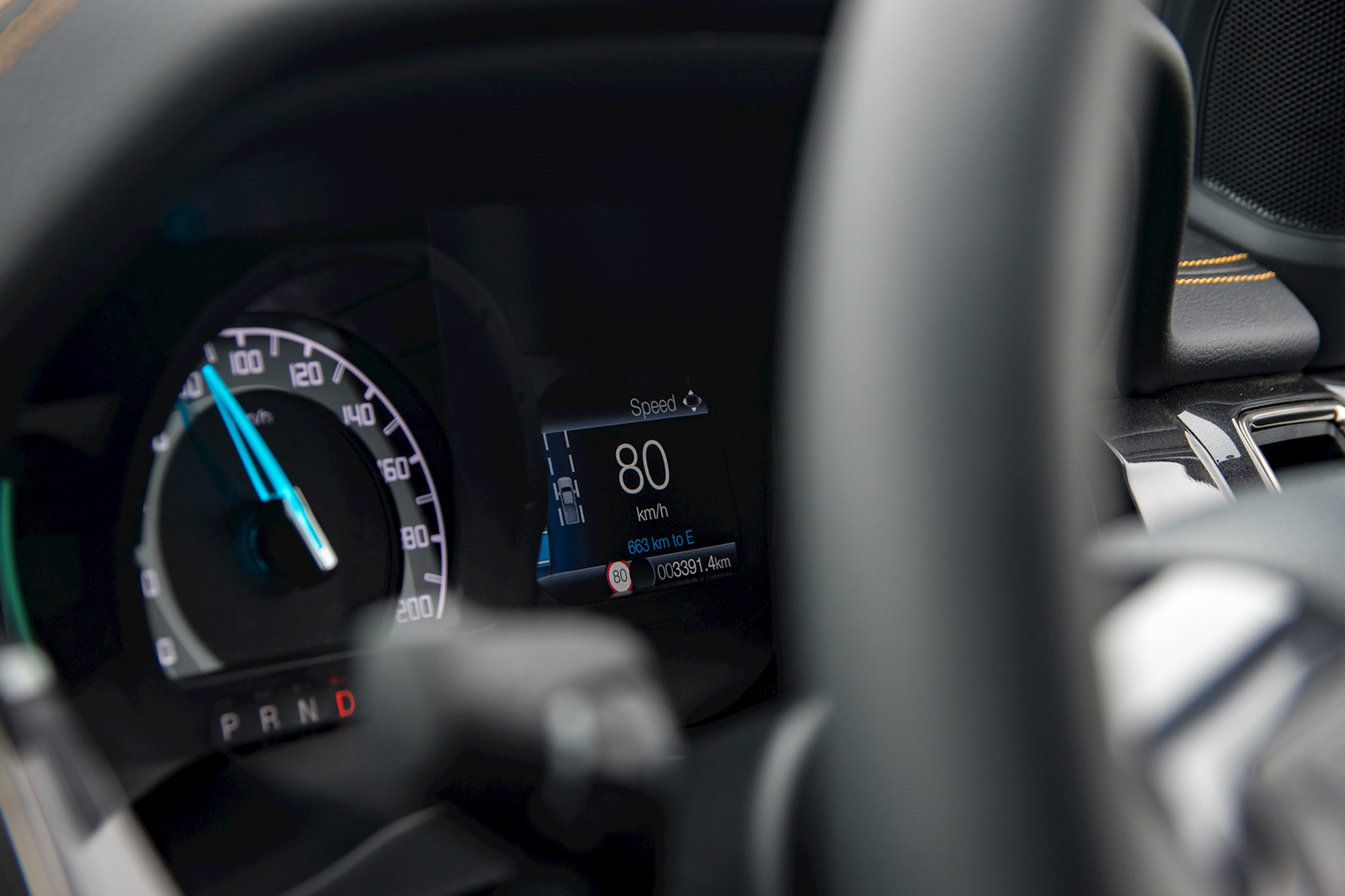
Autonomous emergency braking with pedestrian detection and traffic sign recognition linked in with adaptive cruise control are fresh additions to the Ranger's safety suite.
Great news, but sadly they're only linked to the top-dog Wildtrak. And while that's no surprise in regards to the fancy cruise-control set-up, there are plenty of sub-30k cars these days that come with AEB as standard. You would expect Ford to at least make it standard on XLT-trim vehicles.
Aussies have the option of ticking a AU$1700 box on XLT models to add this technology, but there's no similar plan for Kiwi buyers. Not yet, anyway.
It's not all bad for those with an eye on the base model XL, however. Hill launch assist, cruise control, trailer sway control, and roll-over mitigation are all standard.
Pricing on the new Ranger line-up starts at $37,990 for the two-wheel drive XL single cab 2.2-litre mode. Double cab pricing kicks off at $46,990 (XL 2.2-litre), while the XLT and Wildtrack start at $51,490 and $70,990, respectively. View the full price list below:
Two-wheel drive models
4x2 XL Single Cab Chassis Cab, 6 speed automatic transmission, 2.2L: $37,990
4x2 XL Super Cab Wellside, 6 speed automatic transmission, 2.2L: $43,490
4x2 XL Double Cab Wellside, 6 speed automatic transmission, 2.2L: $46,990
4x2 XLT Double Cab Wellside, 6 speed automatic transmission, 3.2L: $51,490
Four-wheel drive models
4x4 XL Single Cab Chassis Cab, 6 speed automatic transmission, 3.2L: $49,990
4x4 XL Super Cab Wellside, 6 speed automatic transmission, 3.2L: $56,990
4x4 XL Double Cab Chassis Cab, 6 speed automatic transmission, 3.2L: $55,990
4x4 XL Double Cab Wellside, 6 speed automatic transmission, 3.2L: $58,490
4x4 XLT Double Cab Wellside, 6 speed automatic transmission, 3.2L: $63,990
4x4 Wildtrak Double Cab Wellside, 6 speed automatic transmission, 3.2L: $70,990
4x4 Wildtrak Double Cab Wellside, 10 speed automatic transmission, 2.0L BiTurbo: $71,990
4x4 Raptor Double Cab Wellside, 10 speed automatic transmission, 2.0L BiTurbo: $84,990

